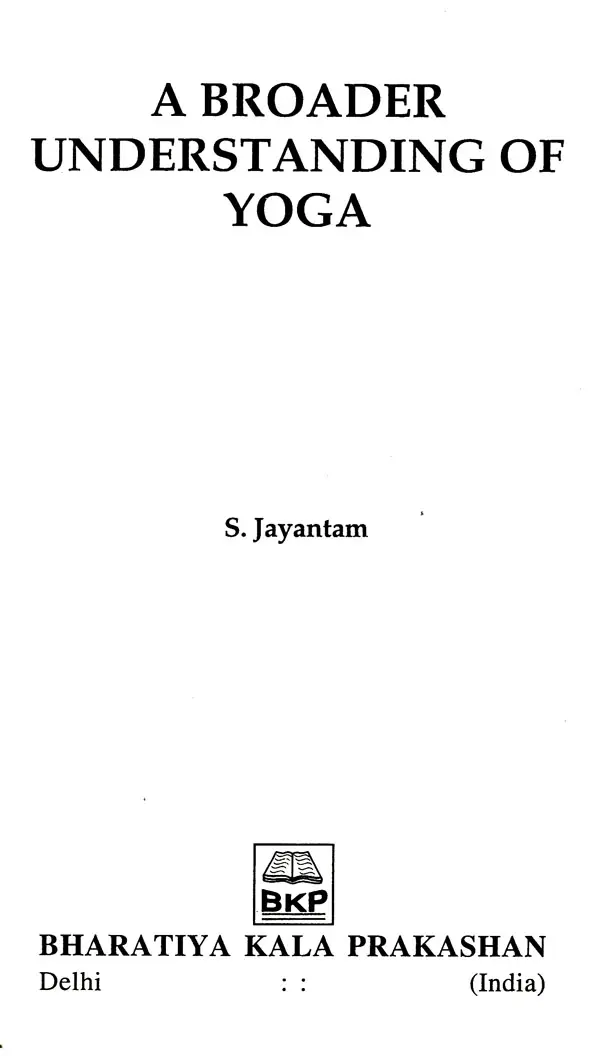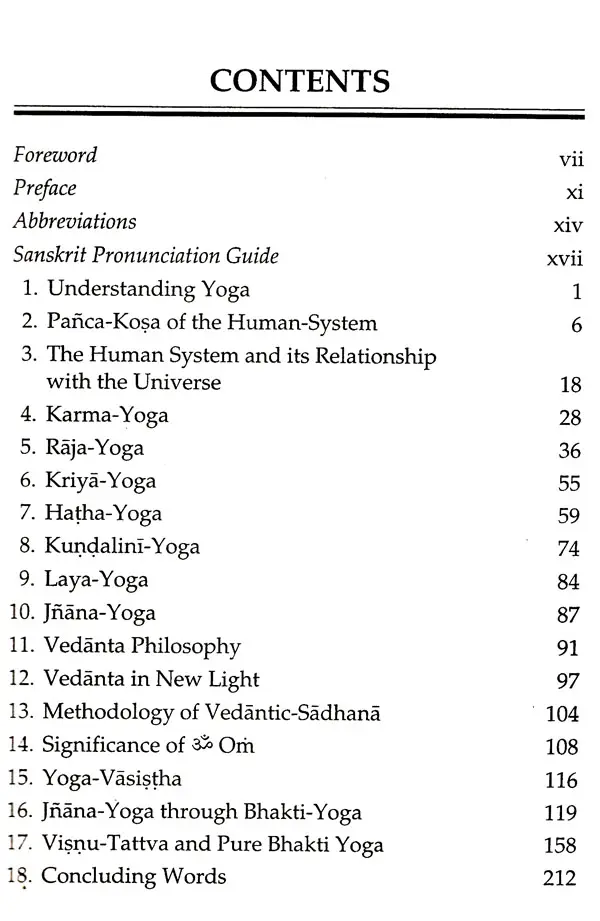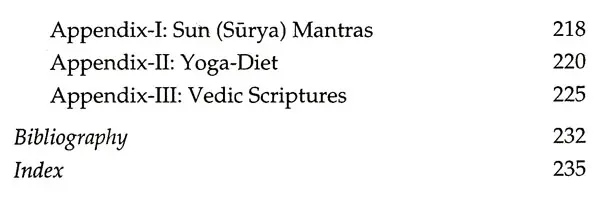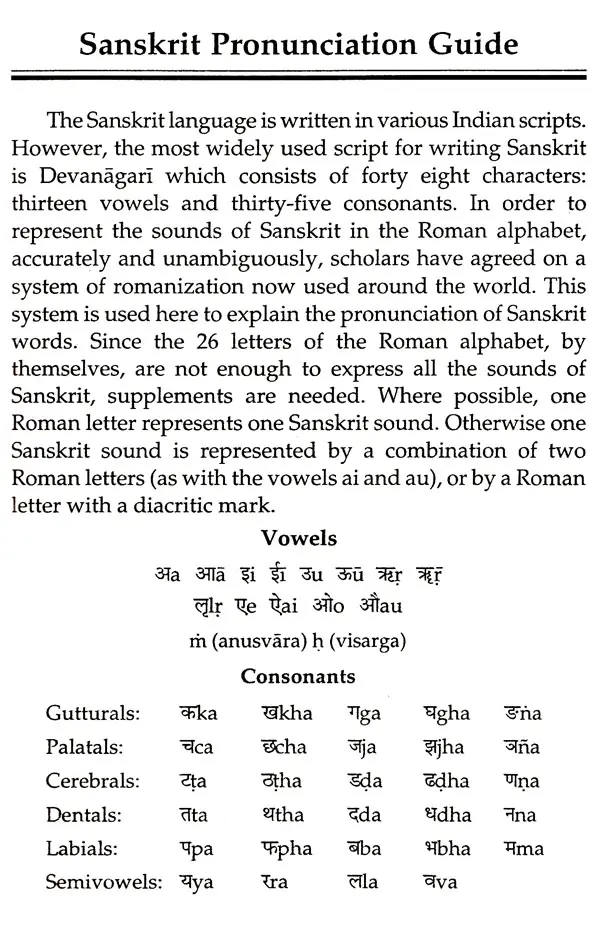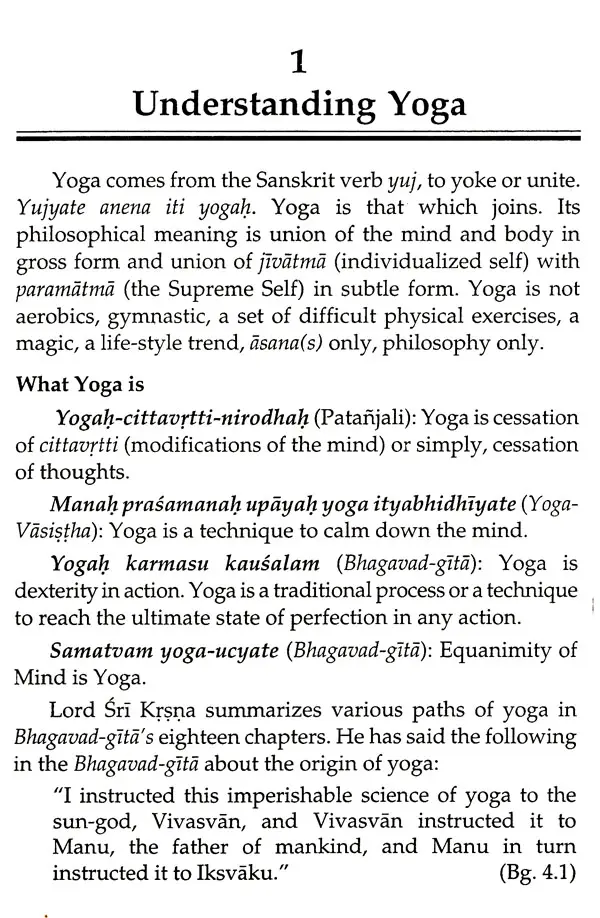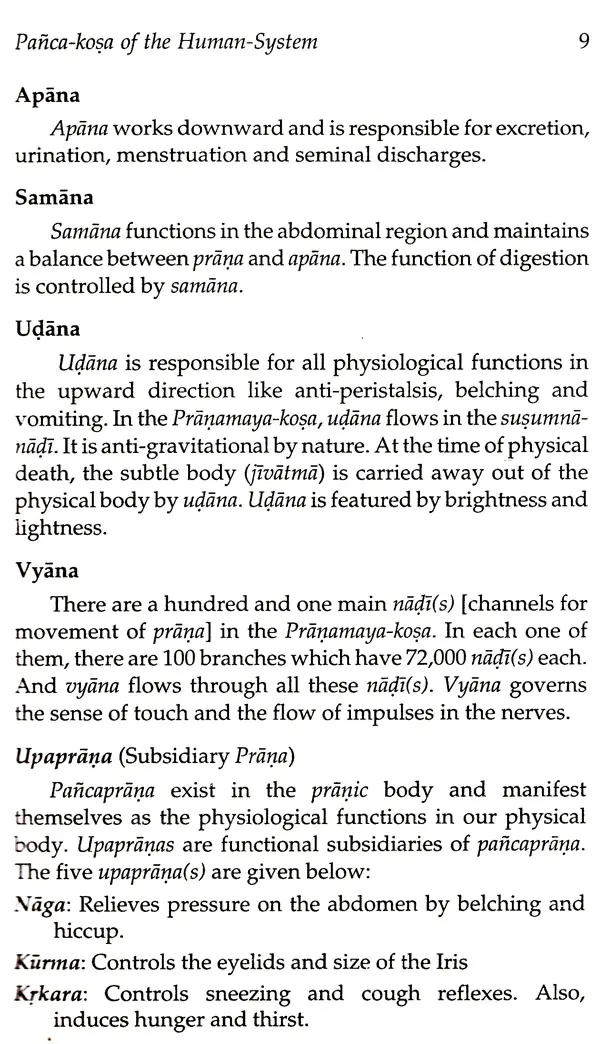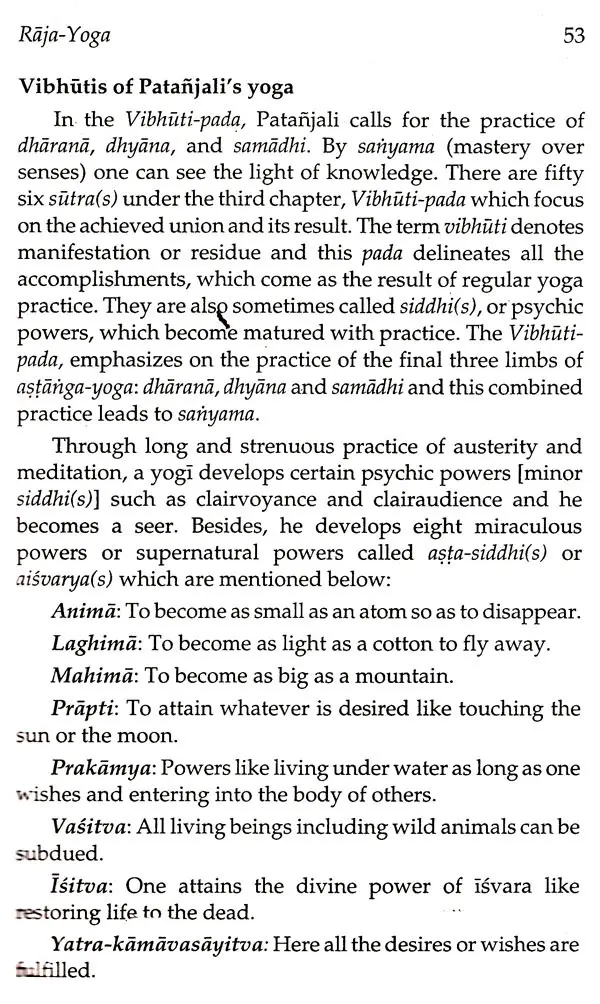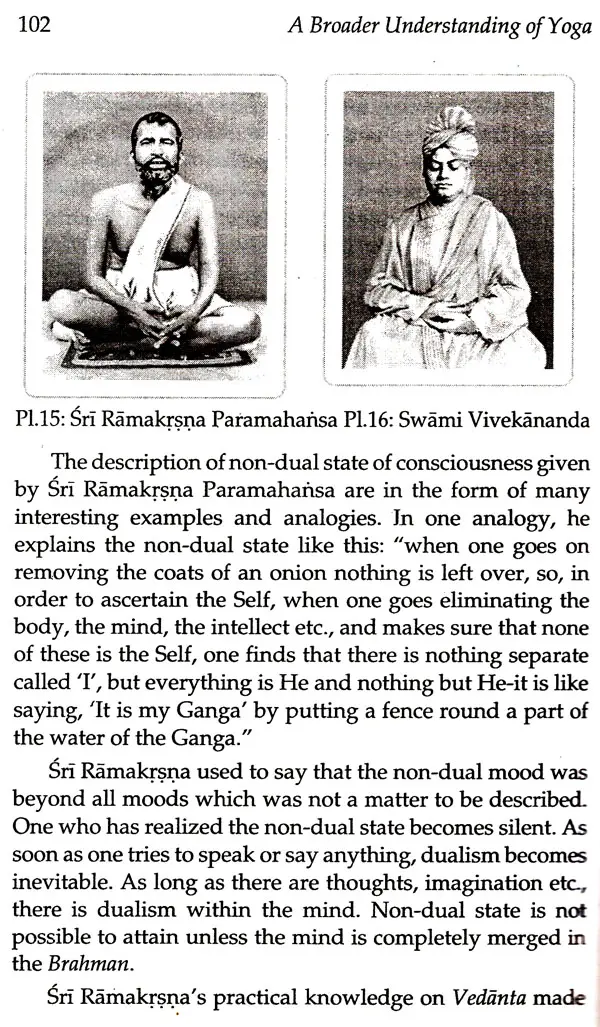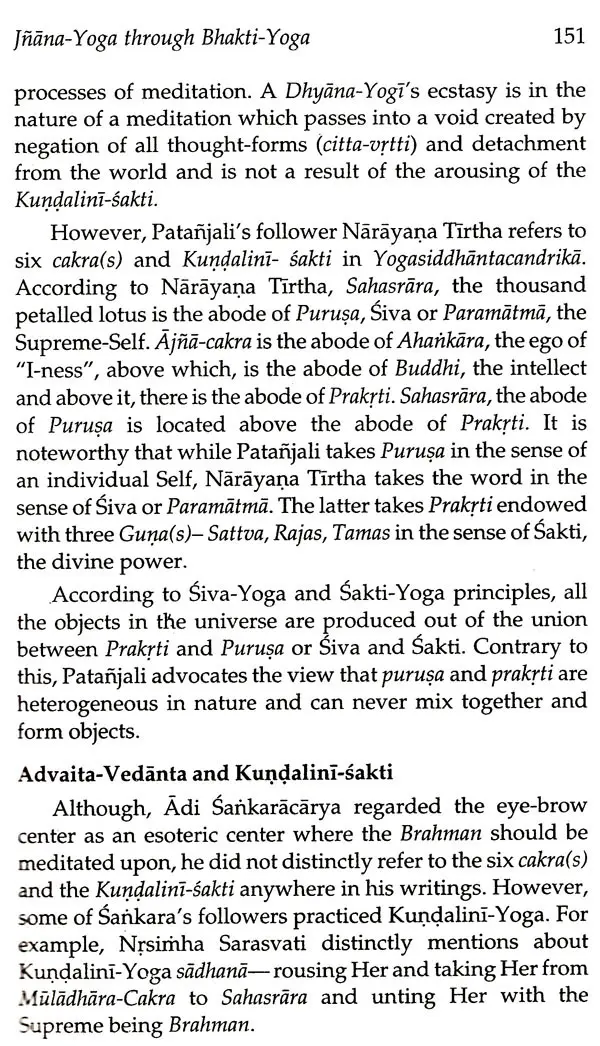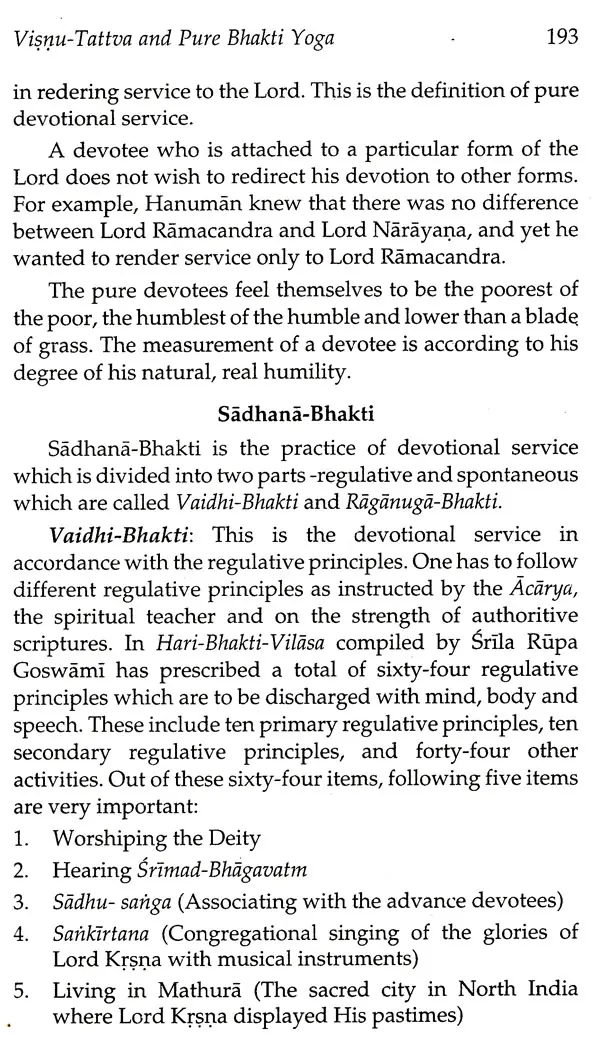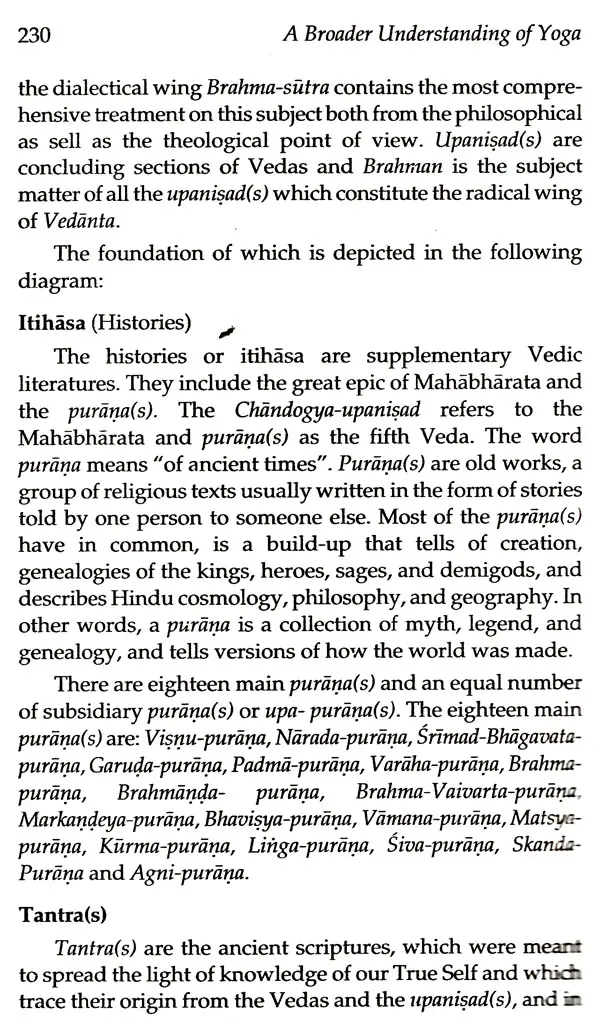
A Broader Understanding of Yoga
Book Specification
| Item Code: | UAN582 |
| Author: | S. Jayantam |
| Publisher: | Bharatiya Kala Prakashan |
| Language: | English |
| Edition: | 2013 |
| ISBN: | 9788180903281 |
| Pages: | 260 |
| Cover: | HARDCOVER |
| Other Details | 8.70 X 5.70 inch |
| Weight | 440 gm |
Book Description
Jayantam attended a Meditation Teacher Training (MTT) Program conducted by Expanding Light at Ananda Village, Nevada City, California, USA in March, 2010 which he successfully completed. .
Aside from practicing Hatha yoga and Dhyana-yoga, Jayantam has been practicing Bhakti-yoga and Mantra-yoga as part of his family tradition. .
Almost without exception, when the word yoga is used, people automatically assume you are referring to Hatha Yoga (physical stretches or asanas used to tone and strengthen your body). Very few have even the slightest idea that yoga is a very big subject, with many diverse branches of knowledge. The many yoga sciences beautifully enhance every possible aspect of life-from the simplest aspects of how to eat in a healthy way, all the way to the deepest philosophical teachings and exploration of un-dreamed-of levels of consciousness. .
The goal of yoga is often mistaken to be an increased level of physical well-being and nothing more. Fortunately yoga does create a state of well-being for most faithful Hatha Yoga practitioners. But there is so much more to know about yoga than simply learning and practicing the various Hatha Yoga postures that are generally taught in Western yoga studios. It has been my sad experience to see that even most professionally trained yoga teachers sometimes know very little about the deeper and broader aspects of yoga philosophy. .
S. Jayantam has recognized this enormous lack of clarity in the minds of yoga students from around the world. With compassion, he set for himself, through this book, the challenging task of outlining the major paths of yoga as they have come down to us from ancient times. And he has done so with the greatest respect for each tradition. .
For the first few months after returning to India, the idea of authoring a book which would cover all the main streams of yoga seemed to be overpowering my mind. I had built a mental framework for my book about a year ago, but could get around to actually writing it until March, 2011. I was able to give final shape to the book by the end of January, 2012. I have been studying various forms of yoga for many years and also practicing a few of them. Nevertheless, it was altogether a new experience for me to write down what I have learned over the years. It also offered me an excellent opportunity to review my own knowledge through writing the book. .
The book is divided into eighteen chapters accommodating all the main streams and sub-streams of yoga. The chapters are preceded by a Sanskrit Pronunciation Guide and followed by three appendices. I have made no effort to establish supremacy of any particular stream of yoga in the book. Instead I have suggested an integrated approach in the concluding chapter. Selected Vedic mantras are incorporated occasionally in some chapters especially, in the chapters dedicated to Bhakti-yoga. Appendix-I is however assigned to few selected Sun mantras. .
Although, Sanskrit terms like Ashram, Avatar, Chakra, Karma, Yogi, Mantra, Samadhi, Yuga and so on, are already included in many English language dictionaries as well as dictionaries of other international languages, it is suggested that the reader look through the Sanskrit Pronunciation Guide before commencing their reading, in order to know the Sanskrit pronunciation. Except for a few words like Avatar, Mantra, Yoga, Yogi, Yuga and Veda, in all other Sanskrit nouns, a small [s] is added within brackets at the end of each word to denote the corresponding plurals. Similarly, in case of words like Chakra and Samadhi, the Sanskrit Pronunciation Guide is followed instead of the dictionaries. I sincerely hope that my readers will be helped and not inconvenienced in any way by these suggestions. .
I wish to express my sincere gratitude and thanks to the publisher of the book for taking the challenge of publishing a book authored by a first time writer on the vast subject of yoga. I also express my special thanks and gratitude to Nayaswami Savitri Simpson, an outstanding teacher of yoga and meditation of international repute at Ananda's Expanding Light Retreat for writing a foreword for my book. .
Similarly, it would be great injustice on my part not to express also my sincere gratitude and thanks to those unknown artists and photographers without whose pictures and photographs, my book would have remained incomplete. I am indebted to them.
**Contents and Sample Pages**
